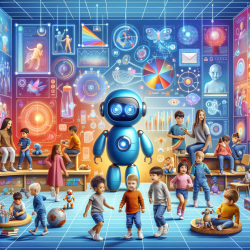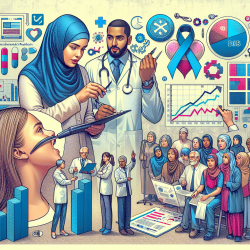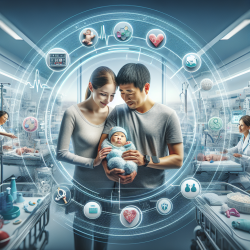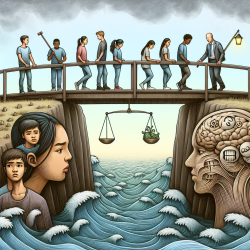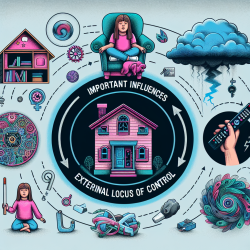Revolutionizing Child Development with Machine Learning
In the ever-evolving field of child development, the integration of technology is proving to be a game-changer. The scoping review titled "The future of General Movement Assessment: The role of computer vision and machine learning" sheds light on how these technologies are transforming General Movement Assessment (GMA), a critical tool for early detection of developmental disorders in infants.
Understanding General Movement Assessment
GMA, developed by Heinz Prechtl, is a non-intrusive method used to assess the integrity of the young developing nervous system by observing spontaneous general movements (GMs) in infants. Traditionally, this assessment requires trained professionals to visually analyze these movements, which can be subjective and vary between assessors.
The Role of Machine Learning and Computer Vision
Recent advancements in computer vision and machine learning offer promising solutions to automate GMA, making it more accessible and reliable. The review identifies 40 studies that have explored video-based approaches to automate GMA, focusing on movement detection and classification using machine learning techniques.
- Diverse Tools: A wide range of sensing, tracking, and classification tools have been developed, though a "method-of-choice" has yet to emerge.
- Data Challenges: Large, expert-annotated datasets are needed to train these models effectively, highlighting a significant area for future research.
- Human Expertise: Despite technological advancements, human expertise remains indispensable. The integration of human and machine capabilities is crucial for developing effective automated solutions.
Implications for Practitioners
For practitioners in speech-language pathology and related fields, embracing these technological advancements can enhance their practice. By integrating automated GMA tools, practitioners can achieve more consistent and objective assessments, leading to earlier interventions and better outcomes for children.
Encouraging Further Research
The review emphasizes the need for ongoing research to refine these technologies and expand their applications beyond cerebral palsy to other developmental and neurological disorders. Practitioners are encouraged to contribute to this research, helping to build comprehensive datasets and refine machine learning models.
To read the original research paper, please follow this link: The future of General Movement Assessment: The role of computer vision and machine learning – A scoping review.
